Service Center
Schedule Service
What does your Chevy "service tire monitor system" warning mean? What's involved in a tire pressure monitoring system (TPMS)? We're here to answer these questions and lend a hand with any tire-pressure-related concerns that you may have.
The "service tire monitor system" light can let you know of an issue with tire pressure or may indicate the TPMS itself is facing an issue. There are more complexities involved, so read on to see how it works, what it means, why your vehicle has it, and how to get it fixed. Sometimes it can require professional service at an authorized service center, and we're here to get it done for your Chevy Silverado 1500 lease, pre-owned Chevy Equinox, or any other Chevy model.
To understand what the Chevy "service tire monitor system" warning is, we must look at what a tire monitor system/TPMS is in the first place. Firstly, two types of TPMSs are used: direct and indirect. Direct TPMS, as the name suggests, directly gets a reading on tire pressure using a sensor mounted on the wheel and protruding into the tire. Indirect TPMS uses wheel speed readouts and fluctuations of it via the ABS sensor (and sometimes others) to get a measure of your tire pressure.
In either case, your vehicle is using a physical set of sensors to monitor tire pressure. When they detect pressure levels outside of a pre-programmed range, they let you know with the TPMS light on your dashboard, the "service tire monitor system" warning, a specific pressure readout on your infotainment screen, or all at once.
The TPMS light is separate from the "service tire monitor system" blinking light on your dashboard. But, it will typically be illuminated alongside it when a problem with tire pressure arises.
In some cases, it's simply there to let you know of suboptimal tire pressure but can indicate a deeper issue if it stays illuminated after filling the tires. Think about the positioning of such sensors. No matter if its on a Chevy Traverse lease or a used Chevy Trax, the sensors ride either inside or close to the wheels and are often subject to all the bumps and constant spinning force the wheels go through as you drive.
Think about the positioning of such sensors. No matter if its on a Chevy Traverse lease or a used Chevy Trax, the sensors ride either inside or close to the wheels and are often subject to all the bumps and constant spinning force the wheels go through as you drive.
Many road contaminants can compromise indirect TPMS, and pothole-ridden commutes can do much the same for direct TPMS. Even then, these sensors can wear out and malfunction as the years roll on.
That's the gist of it. When your Chevrolet "service tire monitor system" warning comes on and does not turn off or is accompanied by a flashing TPMS light, it can mean your TPMS is malfunctioning and requires servicing.
Aside from indicating that your TPMS requires servicing, it is essential for several other reasons. When the Chevy "service tire monitor system" warning is displayed, tire pressure can be at or fall to suboptimal levels, or the tires may be compromised and unable to maintain proper tire pressure. The results of this can include problems like:
The results of this can include problems like:
There's no benefit to incorrect tire pressure, only downsides. That's the purpose behind this warning. Maintaining optimal tire pressure or diagnosing and servicing the system malfunction as soon as possible is key to a healthy vehicle.
The TPMS light and "service tire monitor system" warning can often be reset by adjusting your tire pressure to optimal levels and then driving around like you normally would for several minutes, followed by turning the car off, then back on. If the GM "service tire monitor system" warning stays on after doing this or is joined by a flashing TPMS light, resetting it at home should not be attempted, and professional diagnosis and servicing at an authorized Chevy service center is required.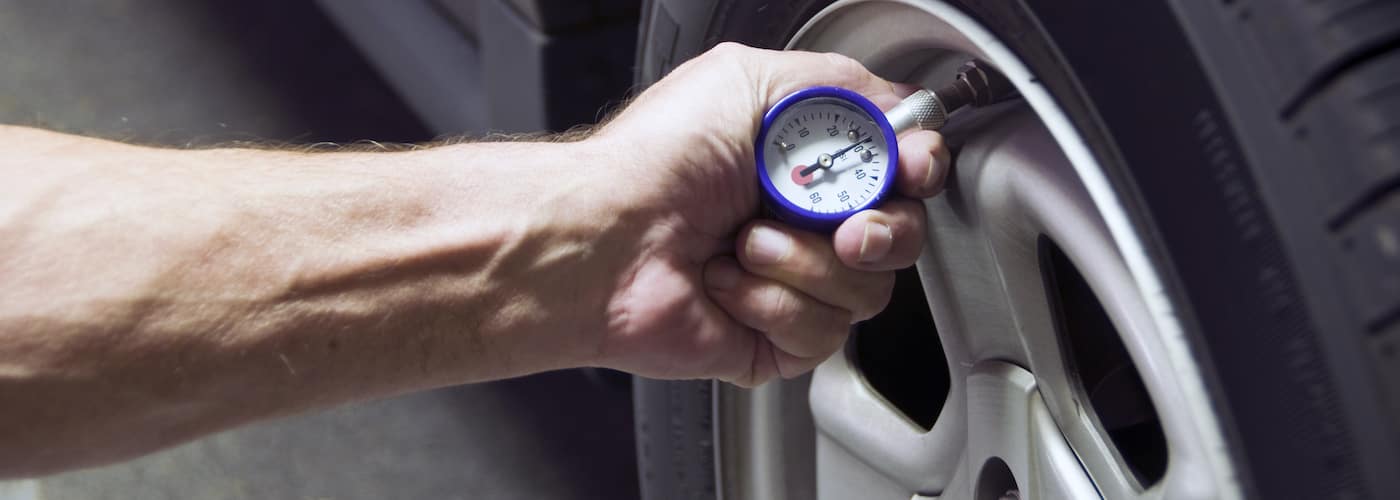
Sometimes it's a matter of installing new tires, and sometimes the sensors must be replaced. Sometimes it can be caused by deeper electrical issues, but it will require certified technicians to figure out and service in any case. It's not a cause for significant concern, but getting it taken care of as soon as you can is necessary to maintain vehicle health.
On most models, whether a Chevy Impala or Silverado, the "service tire monitor system" warning will often be displayed in the gauge cluster on either the instrument screen or the display in-between the gauges. So will the TPMS light. That said, whether you lease a Chevy Colorado or buy a Chevy Cruze, they all follow a similar process to reset the light: Fill the tires to the correct pressure, drive around, and turn the car off then on again. If that doesn't work, stop by an authorized service center.
When facing a Chevy "service tire monitor system" warning that doesn't turn off or is accompanied by a flashing TPMS light, we're here to help.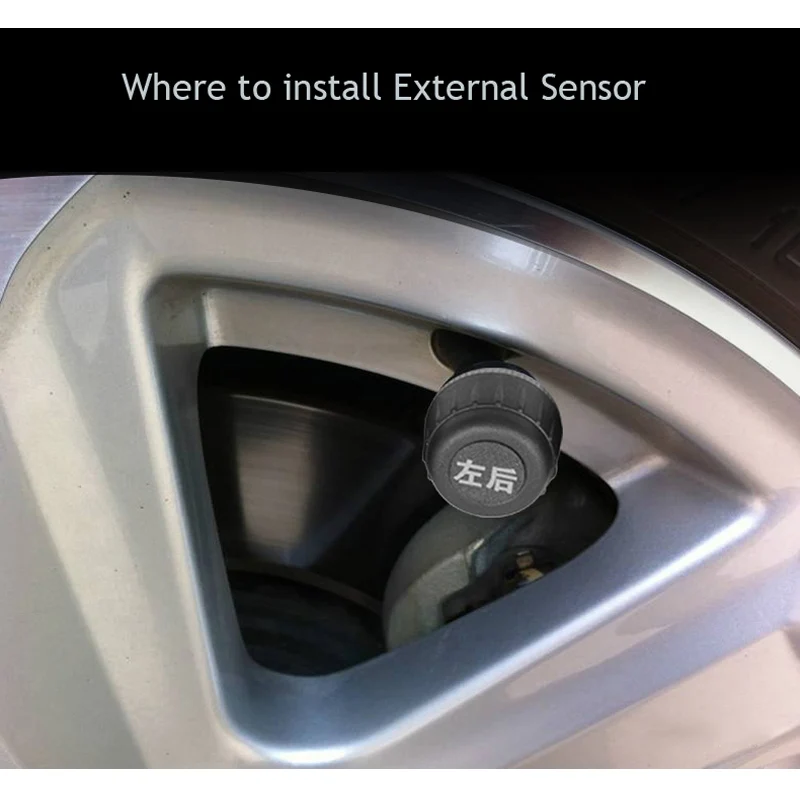 Our service center will make finding the issue and servicing the system a breeze with top customer service, and your vehicle will ride smoothly in no time at all. Contact us, and we'll help set up an appointment today.
Our service center will make finding the issue and servicing the system a breeze with top customer service, and your vehicle will ride smoothly in no time at all. Contact us, and we'll help set up an appointment today.
A Chevy "service tire monitor system" warning can mean one of two things. The first is that your tire pressure is suboptimal and requires adjusting to manufacturer-recommended levels. The second meaning applies if the warning does not go away after filling the tires or if a flashing TPMS light accompanies it. Such a situation means that the system has malfunctioned and requires diagnosis and servicing at an authorized service center.
The simplest way to reset the Chevy "service tire monitor system" warning light is by filling your tires with air to the optimal manufacturer-recommended pressure. This pressure level can be found in your owner's manual or on a sticker in your doorjamb. After doing so, drive around normally for as long as 10 minutes. Then, turn off the car, and turn it back on again. If this does not work, take your vehicle to an authorized Chevy service center for diagnosis, as a malfunction may have occurred.
This pressure level can be found in your owner's manual or on a sticker in your doorjamb. After doing so, drive around normally for as long as 10 minutes. Then, turn off the car, and turn it back on again. If this does not work, take your vehicle to an authorized Chevy service center for diagnosis, as a malfunction may have occurred.
Servicing a tire monitor system is a job that requires a set of advanced tools, thorough mechanical experience, and the correct parts per vehicle. It's not a job that should be attempted at home, and an authorized dealership's service center is the best way to have it serviced. You can find one such service center at Matt Bowers Chevy Metairie, and we have all the know-how needed to service yours and competitive prices to make it a breeze.
* = required
MessageSubject Message Text
Contact InformationFirst Name* Last Name* Preferred Contact EmailPhone Email* Phone ZIP Code*
IDHL7E
Joint Applicant's Information By providing my contact information above, I consent that GM and/or a GM dealer can contact me with GM and/or GM dealer offers and product information.No matter how many times I check, empty, and refill the air in my tires, the service tire monitor system still thinks the tire pressure is low. Is there a way I can fix my tire monitor system?
Jack Walsh · Answered on Jan 27, 2022
Reviewed by Shannon Martin, Licensed Insurance Agent.
Constantly assuming your tire pressure is low must be stressful! Thankfully, there are easy ways to fix your service tire monitor system.
The easiest way to fix the service tire monitor system in your car is to reset the system. Occasionally, the sensors need some extra help, and you can reset the system using two different methods.
The first way to reset the system is by driving around at highway speeds for at least 10 minutes. The light should go away during your drive or the next time you start the vehicle.
The light should go away during your drive or the next time you start the vehicle.
If the above method doesn’t work, you should reset the TPMS light which can be done by:
If neither of the above methods works, you should visit a mechanic or dealership to have the service tire monitor system serviced by a professional.
If you’re looking for a way to pass the time while waiting for the mechanic to finish the repairs, you should download Jerry to save on your car insurance. A licensed broker that offers end-to-end support, the Jerry app gathers affordable quotes, helps you switch plans, and will even help you cancel your old policy once you’ve made a selection.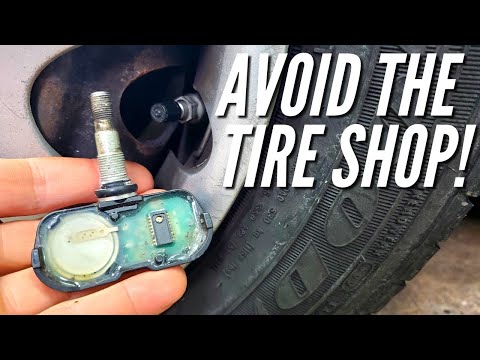
MORE: How to decide if you should take your car to a repair shop or a mobile mechanic
Car MaintenanceCar Tires
View full answer
WHY YOU CAN TRUST JERRY
Jerry partners with more than 50 insurance companies, but our content is independently researched, written, and fact-checked by our team of editors and agents. We aren’t paid for reviews or other content.
Browse More Content
Coolant Temperature Switch (Sensor): Replacement Cost
What To Do If Your Wipers Do Not Shut Off
What To Do If Your Engine Is Running Louder Than Normal
Serpentine/Drive Belt: Replacement Cost
How To Get an Inspection If Your Brake Fluid Is Black or Brown
Suzuki Esteem Gl Insurance Cost
Bmw M440Xi Gran Coupe Insurance Cost
Toyota Camry Se Night Shade Insurance Cost
Ford Ecosport Ses Insurance Cost
Lincoln Mkt Insurance Cost
Yulee Car Insurance
Slippery Rock Car Insurance
Ambridge Car Insurance
Aspen Car Insurance
Barberton Car Insurance
I’m scheduled to take my driving test tomorrow, but it’s supposed to rain. I don’t really want to postpone it since it took so long for me to finally get an appointment, but I’m nervous. What should you do if it rains during your driving test?
I don’t really want to postpone it since it took so long for me to finally get an appointment, but I’m nervous. What should you do if it rains during your driving test?
Michelle Ballestrasse
Jan 27, 2022
I’m going on a solo road trip soon, and I want to be as efficient as possible. Can I eat and drink while driving?
Olivia Rose
Jan 27, 2022
I haven’t used my car in a while, and when I went to start it, the battery was dead. How can I charge a maintenance free car battery?
Jack Walsh
Jan 27, 2022
Browse All Questions
The Chrysler 2.7 liter V6 has been called the worst engine. Let's take a look at why.
Lisa Steuer McArdle
May 30, 2022
No matter what the season, fishing and fun can be had at New Mexico’s largest lakes. Here are the ten biggest bodies of water in New Mexico!
Here are the ten biggest bodies of water in New Mexico!
Lisa Steuer McArdle
May 25, 2022
Chevy’s 1990 Corvette was luxurious while maintaining the performance expected of a Corvette, and is a great affordable used sports car.
Lisa Steuer McArdle
Apr 02, 2022
Uninsured Motorist Protection
Hail Damage
VIN Lookup
driving record
Homeowners insurance
21st Century
Valuable Articles Insurance
Liability insurance
Loan Discounts
Car Wash
Car Buying
State Farm
MetLife
Auto insurance
Wear and Tear
Coronavirus
Rental Discounts
Car Dealers
Bodily Injury
Minivans
State Insurance Minimums
Home and Auto Insurance
negligent driving
misdemeanor
Driver's Permits
Night Driving
Reckless Driving
Emergency Brakes
Car Seats
No long forms
No spam or unwanted phone calls
Quotes from top insurance companies
Find insurance savings — it's 100% free
Toyota
Hyundai
Mercedes-Benz
Subaru
Chevrolet
Mitsubishi
In America and Europe, a tire pressure monitoring system is an indispensable element of a car.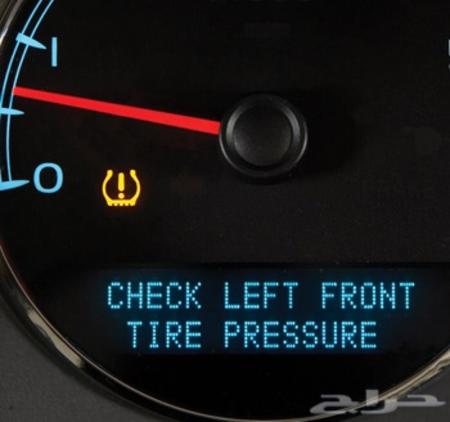 Most likely, in the near future the same rules will be adopted in Russia.
Most likely, in the near future the same rules will be adopted in Russia.
But even if this system does not become mandatory, nothing prevents it from being installed in a car if the standard TPMS is not provided by the manufacturer: it is much better to find out in time that the wheel is flat than to wait for sad consequences.
TPMS (tire pressure monitoring system) monitors changes in tire pressure: even a small decrease in pressure in one wheel increases fuel consumption, worsens car handling and increases tread wear.
Now the pressure control system is divided into systems of direct (direct) and indirect (indirect) directions - we will tell you in more detail what it is.
In direct measurement systems, sensors are placed on the valves of all wheels. They can be installed inside or outside. The sensor detects the level of pressure in the wheel and transmits information via radio to the control unit.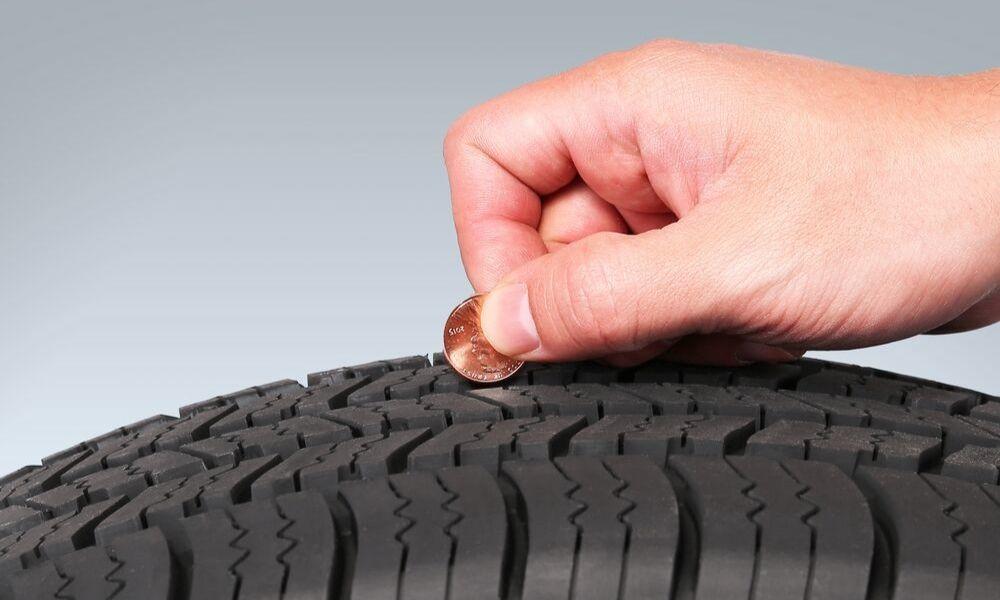 Here, the accuracy of the readings plays a big role - you can even track a decrease in pressure by only 0.1 bar.
Here, the accuracy of the readings plays a big role - you can even track a decrease in pressure by only 0.1 bar.
The "direct" system is more expensive than the "indirect" one, but it transmits information more accurately and faster. She, of course, has her own nuances: if you have to swap tires for even wear, then information about this will need to be entered into the control unit.
The so-called "indirect" TPMS is essentially a software extension for ABS: in its work it uses standard wheel rotation sensors. The system monitors changes in wheel speed and can diagnose tire pressure loss based on this information.
In this case, we are not talking about exact values, but only signals a significant deviation from the usual pressure - a significant deviation in this case is 0.3 bar, and a dangerous one - 0.5 bar.
"Indirect" systems may erroneously transmit a signal for a decrease in tire pressure also when:
Uneven load distribution
Frequent change from lane to lane
slippage
Sharp descents and ascents
But this can be adjusted, for example, by setting an alert delay.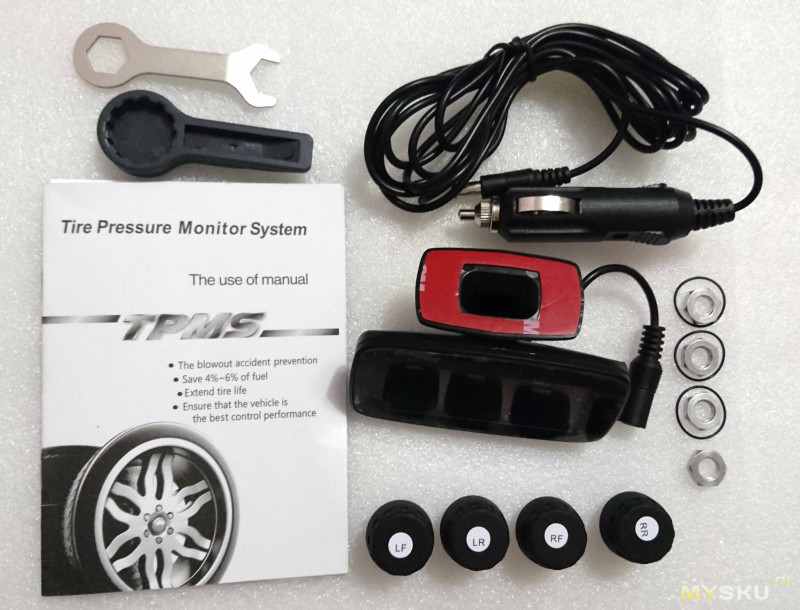 You can also reboot the system so that it adjusts to different tire pressures at startup.
You can also reboot the system so that it adjusts to different tire pressures at startup.
The AIRLINE range includes 2 models of the "direct" system.
Tire pressure monitoring system TPMS BLACK ATP-MS-01 includes 4 sensors and a receiving module with a color LCD display. The sensors are mounted on the nipple of the car wheel, measure the pressure and air temperature in the tire and transmit information about the pressure value via radio to the display. When the tire pressure changes, the system transmits information with sound signals and displays it on the display. The pressure and temperature thresholds are set in the display menu. The system can be installed independently - it does not require special skills.
The receiving module is powered by the car's cigarette lighter socket, there is also a USB output for convenient parallel charging of the smartphone. The kit includes a receiver with a display, 4 external pressure sensors, 4 locknuts, a kit for mounting sensors, a warranty card and instructions.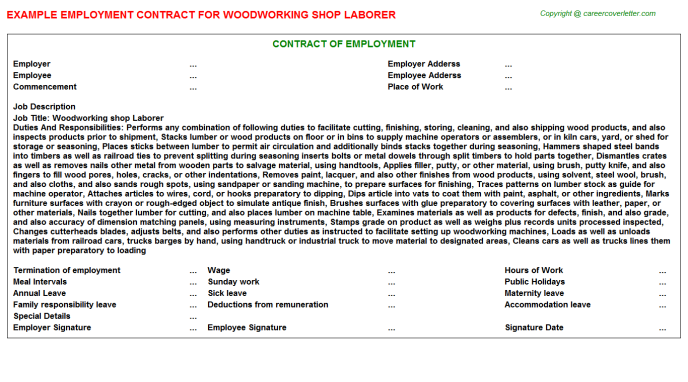 The operating temperature of the sensors is from -40°С to +125°С.
The operating temperature of the sensors is from -40°С to +125°С.
Tire pressure monitoring system TPMS wireless INSIDER SOLYAR ATP-MS-02 includes 4 sensors and a receiving module with a color LCD display. When the tire pressure changes, the system transmits information with sound signals and displays it on the display. The sensors are marked position, but the wheels can be swapped, everything is reconfigured. The operating temperature of the sensors is from -40°С to +125°С.
The kit includes a double-sided adhesive tape for fixing the receiving module on the dashboard of the car, it can also be mounted on a Velcro mat.
The receiver module is powered by a built-in lithium-polymer battery, which is charged by a built-in solar panel or a microUSB socket. The kit includes a receiver with a display, internal sensors, a USB-microUSB cable, double-sided tape, a warranty card and instructions. Tire fitting is required for installation, so we recommend contacting a service center for proper installation.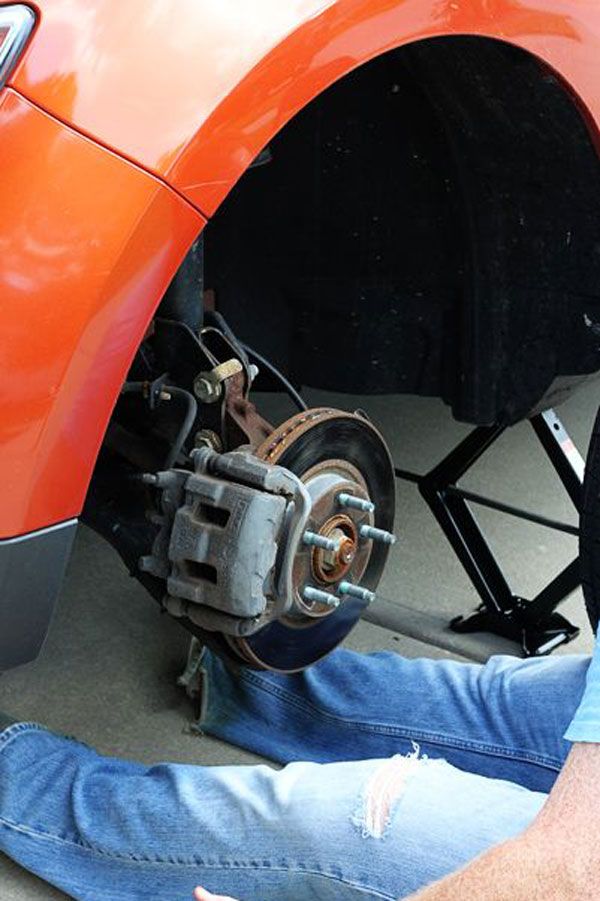
In our article you will learn why it is important to regularly check the tire pressure, what is the TPMS sensor, which is part of the tire pressure monitoring system (TPMS - tire pressure monitoring system).
It is important to check tire pressure regularly. This should be done for three reasons:
With long distances, one-time runs and ignoring the regular need for tire pressure, alas, service station motorists often notice a problem only at the stage of a critical pressure loss, when serious damage is evident, and it’s too late to talk about maintenance service and restoration work.
It is a completely different matter if tire pressure monitoring is carried out regularly by means of tire pressure sensors. Many modern vehicles are equipped with not one, but several sensors, they form the TPMS system (tire pressure monitoring system) (TPMS - tire pressure monitoring system).
Pressure control systems are now mandatory in a number of countries. In particular, since November 1, 2014, all new passenger cars sold in the European Union have a TPMS system. In Russia, the presence of the TPMS system has become a mandatory requirement for the certification of new types of vehicles since 2016. From the same year, TPMS must be on all vehicles that are imported into Russia through the Customs Union. But vehicles that are previously certified or previously imported vehicles may be without TPMS.
What is TPMS in a car in practice? First of all, the integration of control sensors and the receiving module. But how the system works, what it is aimed at, differs from its type. This will be discussed a little lower, but for now let's dwell on the question of why measure pressure at all, what its incorrect parameters are fraught with.
The danger of incorrect pressure is the following risks:

It is the air pressure in the tire that is one of the most significant factors affecting the slip resistance coefficient.
Braking and directional stability are especially negatively affected by the difference in pressure between the wheels on the same axle.
It is also important to remember that air pressure is an unstable phenomenon, within certain limits it can vary under different operating conditions of the vehicle. What does this actually mean? If there are problems with tire pressure (for example, they are unevenly inflated), then when driving in a straight line, the vehicle will be able to go without unpleasant surprises, but as soon as the road begins to wind, problems will begin. In this case, the “walking” nature of the tire will be able to fully manifest itself. It will not be easy to control the radius, the angle of rotation even at low speeds, and at high speeds with uneven tire pressure and an abundance of turns, you can completely lose control of the steering. It is this combination of factors that often leads to an accident.
It is this combination of factors that often leads to an accident.
The danger of operating a vehicle with the wrong tire pressure in winter, when frosts come, increases significantly. It has to do with the laws of physics. When cooled, many objects tend to shrink in volume. In gases, this property is one of the most pronounced. In order to be sure of the correct tire pressure in winter, in cold weather, the pressure must be checked not just regularly, but in relation to temperature changes: in theory, tire pressure measurements are valuable after the vehicle has been in frosty conditions for at least an hour. This pressure (in theory) should be real, and it is this pressure that must be compared with the manufacturer's recommendations and based on these data and (if necessary) corrected. But not everything is so simple: while driving, the tires heat up, which distorts the performance, so most recommendations take into account - even in the cold season, it is customary to take tire pressure not on the street, but in a garage, tire shop. But already at the moment of pumping, you need to think about what pressure difference it makes sense to compensate. And here a competent tire fitter will take into account and combine four factors: manufacturer's recommendations, instrument readings, room temperature, temperature typical for this time of year.
But already at the moment of pumping, you need to think about what pressure difference it makes sense to compensate. And here a competent tire fitter will take into account and combine four factors: manufacturer's recommendations, instrument readings, room temperature, temperature typical for this time of year.
In practice, it “pulls up” problems with itself, both with pressure below and above the norm. A change in the angle of inclination, deterioration in stability, an increase in fuel consumption, as a rule, is associated with a decrease in pressure.
But the pressure is above the norm - this is a direct way to the fact that vibrations will be transmitted to the passenger compartment, the quality of adhesion to the roadway may deteriorate (especially dangerous on slippery roads), and the braking distance may increase.
The tire will wear out unevenly if the pressure is incorrect. This problem is relevant when the pressure is exceeded and when the pressure is underestimated. In the first case, the central part will be the most vulnerable, in the second - the shoulder parts.
In the first case, the central part will be the most vulnerable, in the second - the shoulder parts.
Tire pressure sensors are used to measure tire pressure. Tire pressure monitoring is in the zone of the simplest solutions, but more and more often you have to deal with multifunctional sensors. In addition to tire pressure, they control a change in temperature (above, when driving a car in frosty conditions was considered, it was already noted why this is most important), wheel acceleration.
Sensors can be divided into several types. In this case, the classification is carried out according to different criteria:
External sensors are mounted, fixed on the wheel nipples. The most advanced external sensors are equipped with a central unit with a liquid crystal display. They allow you to see both the alarm and the exact digital pressure values in all wheels. But most often, when talking about external sensors, they mean structurally simple and affordable caps with color indicators. Installation of such sensors does not require complex skills. Motorists can carry it out without contacting a car service. It is also easy to use such sensors (the criticality of the situation is determined by the color of the indicator), but, alas, the pressure can only be checked while the vehicle is parked. Another negative point associated with cap sensors is that they are easy to remove and steal.
The most advanced external sensors are equipped with a central unit with a liquid crystal display. They allow you to see both the alarm and the exact digital pressure values in all wheels. But most often, when talking about external sensors, they mean structurally simple and affordable caps with color indicators. Installation of such sensors does not require complex skills. Motorists can carry it out without contacting a car service. It is also easy to use such sensors (the criticality of the situation is determined by the color of the indicator), but, alas, the pressure can only be checked while the vehicle is parked. Another negative point associated with cap sensors is that they are easy to remove and steal.
Far from the most reliable option for external sensors - and because of their poor wear resistance. Due to their location outside, they are forced to experience serious aerobic, centrifugal loads. The consequence is a breakdown of the sensor when a stone hits.
Internal sensors are attached directly to the disk (inside).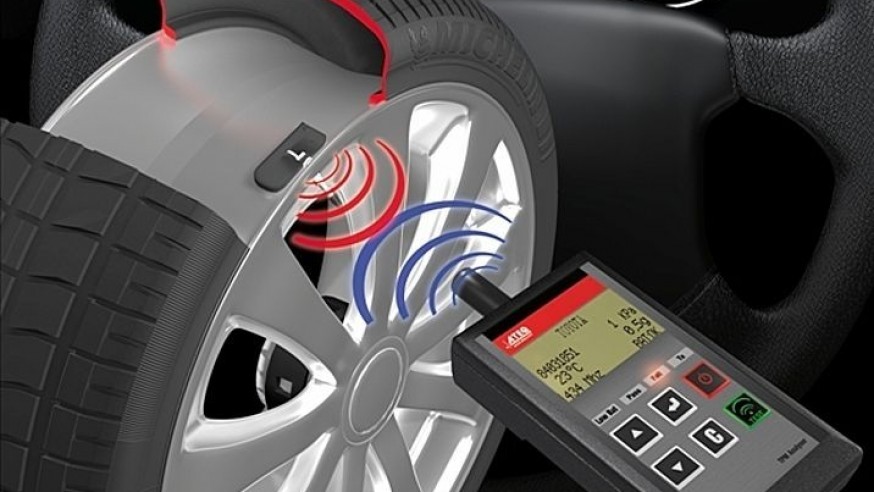 Work on the installation of such sensors is carried out in a car repair shop. A motorist who does not have the knowledge and skills of an auto mechanic, a tire fitter, cannot cope with such work on his own. The main difficulty is that before installing the sensor, it is necessary to remove the tires from the rims.
Work on the installation of such sensors is carried out in a car repair shop. A motorist who does not have the knowledge and skills of an auto mechanic, a tire fitter, cannot cope with such work on his own. The main difficulty is that before installing the sensor, it is necessary to remove the tires from the rims.
Mechanical meters are structurally as simple as possible. In fact, these are manometers in the form of caps. They indicate the pressure in the wheels in a certain color. For example:
Unfortunately, in order to perform a pressure test, the car must be stopped.
The readings of such devices are the most accurate. Sensors are installed inside tubeless tires or outside the wheel on the spool. The devices are equipped with small batteries. Communication with the central control unit is carried out via a radio frequency channel.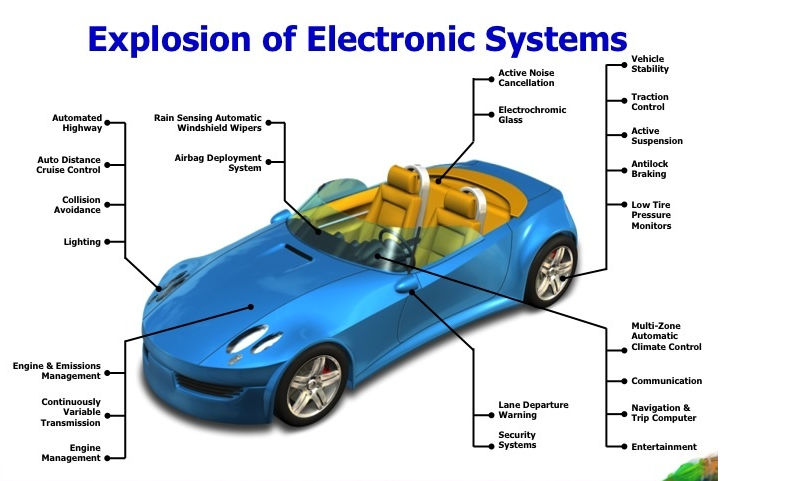
The control and indication module is placed in the vehicle interior. Inconsistency of readings is signaled by light or sound. Control can also be carried out using a smartphone. To do this, you need to install special software. The main advantage of electric sensors is the constant provision of information to the driver.
But it is important to understand: during the operation of electronic sensors, batteries should be changed in a timely manner. Untimely replacement of batteries is fraught with distortion, and then a complete loss of control over tire pressure.
When driving at high speeds, false alarms are possible due to heating of the tires. After such cases, it will be necessary to reset the instrument readings.
The simplest in terms of design is the system of indirect (indirect) pressure measurement.
In fact, it is a software extension of the ABS control unit (based on the operation of the ABS wheel speed sensors).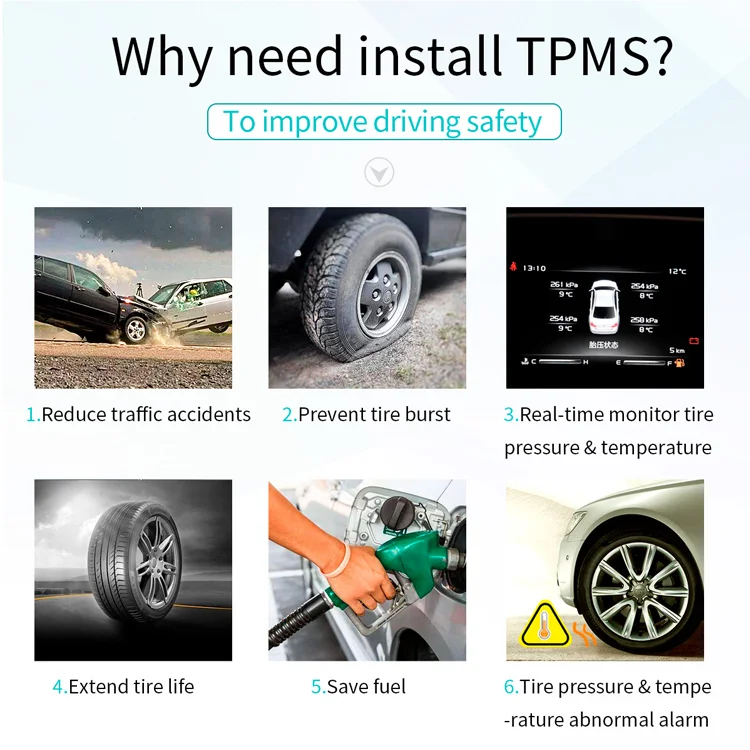
The principle is based on measuring the speed of rotation of the wheels, or rather, each wheel.
Yes, it is the wheel speed that is measured, not the pressure! And already on the basis of its electronic unit determines the pressure.
System advantages:
The problem is trying to be solved by a programmed delay in the notification of a flat tire. If the rotation speed returns to normal, the tire pressure change notification is canceled by the system. From a safety point of view, especially when driving on uneven terrain, this is a very dubious decision.
The pressure sensors are directly sent to the central control module in the vehicle.
When the pressure drops below the set value, the indicator is activated.
Combined sensors are mounted, as a rule, on the valves of all wheels (inside or outside) "online" information about all four wheels at the same time, sometimes also the temperature, which may be redundant.
Disadvantages of direct measurement:
 More precisely, the only possibility for such manipulation remains a new entry of data into the computer memory,
More precisely, the only possibility for such manipulation remains a new entry of data into the computer memory, The activation procedure for TPMS sensors prompts them to start transmitting data on tire pressure, as well as other parameters that a particular system measures - temperature, sensor battery status.
Sensors can be activated in different ways:
1. Through the dashboard.
2. By rapidly inflating or deflating the tire (20 kPa for 10 seconds).
3. By bringing the magnet to the sensor nipple. The triggering occurs when the magnet is brought close to the sensitive area of the sensor. In action is the Lorentz force, which depends on the moduli of particle velocity and magnetic field induction.
For some vehicles, there is a special procedure for linking the sensor to the vehicle using a special device to activate the tire pressure sensors.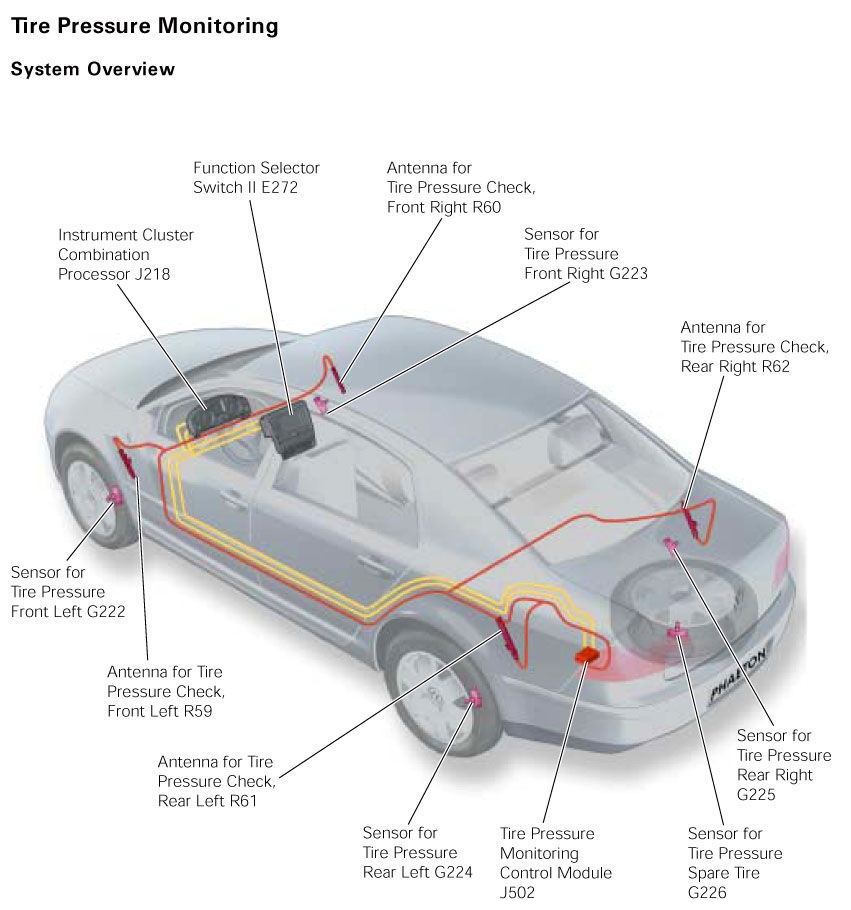 Sometimes, instead of the device, you can use the procedure for linking by changing tire pressure.
Sometimes, instead of the device, you can use the procedure for linking by changing tire pressure.
The binding of a new sensor is carried out through a special mode or manually.
When linking the system in Ford cars, for example, this is done like this.
As you can see, there are a lot of features related to the system. An experienced tire fitter should understand:
